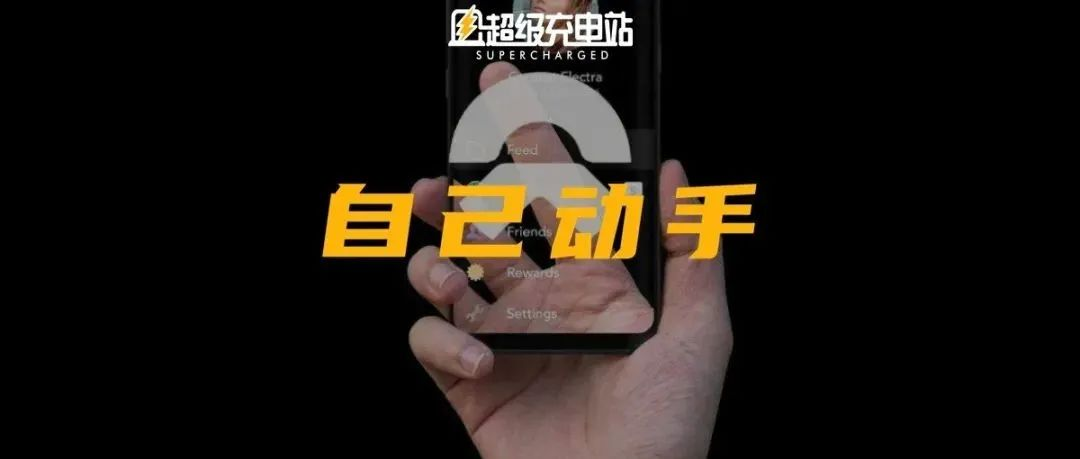Author: Cherio Cheng Yuan
What’s the current situation in the smartphone market?
After more than a decade of intense competition, by 2022, there are only a few players left in the smartphone market. In terms of sales, the leading players can be counted on one hand, including Apple, Xiaomi, OPPO, Vivo, and the “counter-trend growth” brand Honor.
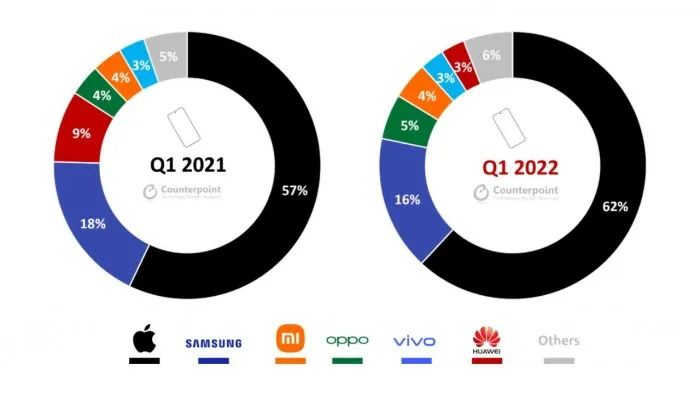
Due to well-known reasons, Huawei has temporarily dropped out of the game, while Meizu has sold to Geely, and Samsung and Sony have a negligible market share.
In short, this market is actually quite boring, whether it is brand structure or product innovation, except for foldable screens, there is hardly anything new.
NIO Brand Smartphones?
NIO, as an automaker, choosing to enter the highly competitive and mature smartphone market doesn’t seem like a wise decision.
However, Li Bin is indeed considering making smartphones. Similar to the pace of Apple’s iPhone, only one flagship model will be released annually.
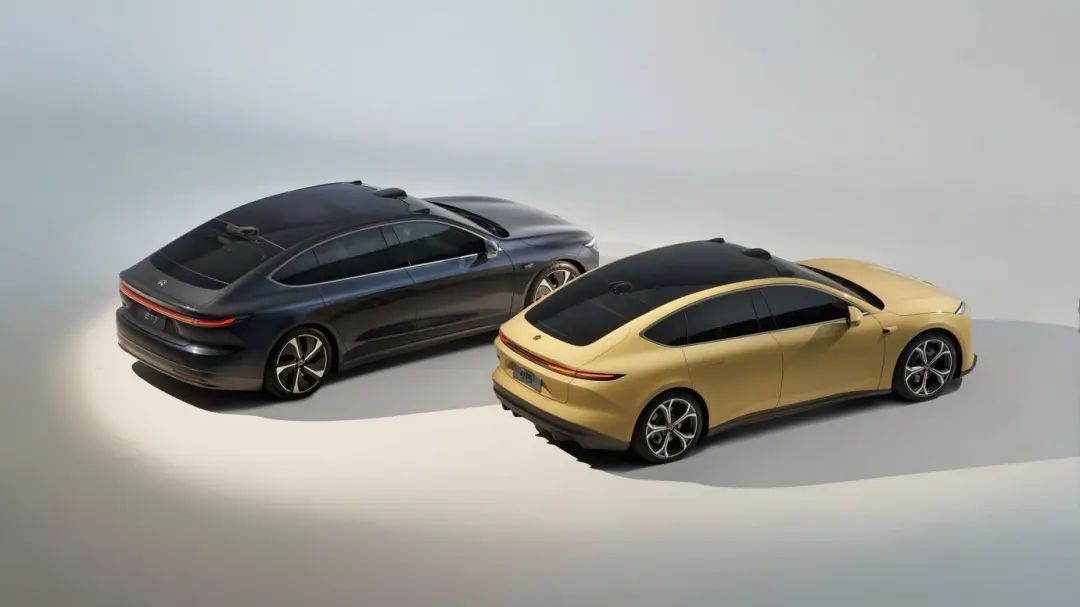
He has recently revealed more information:
- NIO smartphones will not adopt a foldable screen, but rather a flat screen design (non-curved screen).
- NIO brand smartphones will be the best match for NIO cars with the most beautiful design, featuring car body colors.
- NIO will only produce one flagship model, using a chip that will be released about two months later than the first generation (netizens speculate that it is Snapdragon 8 Gen 2).
- NIO smartphones are expected to be cheaper than Apple counterparts (netizens speculate that the price will be above RMB 7,000), featuring a unique and surprising way of purchasing.
- It is expected to be launched in a year (Li Bin’s words to Android users: “You don’t need to change phones for this year”).
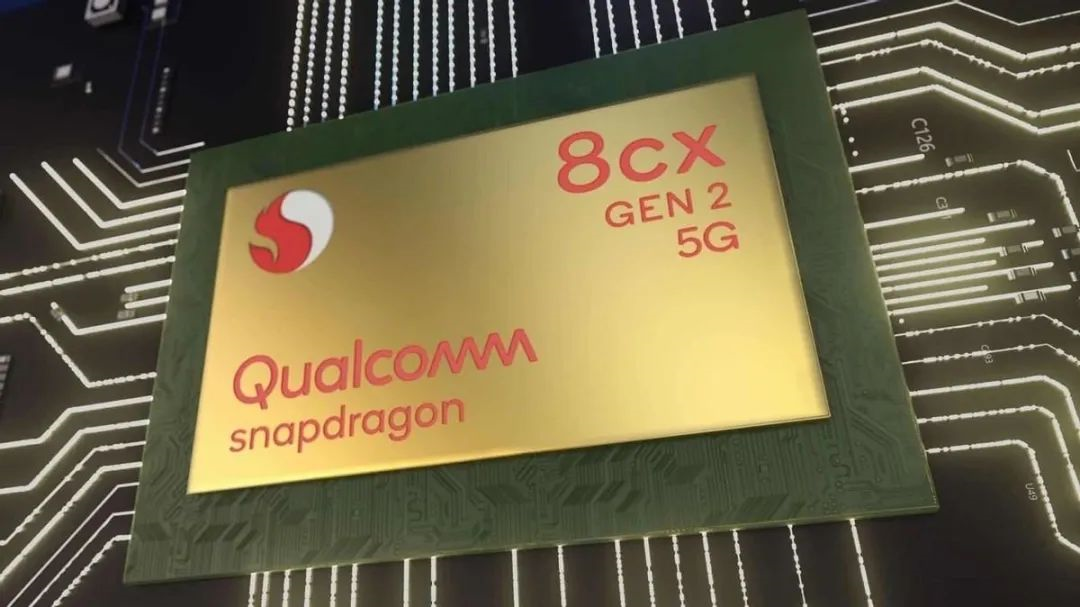
In the past two days, Yu Meitei, a friend of the media, revealed some new information about NIO smartphones: “NIO smartphone team has more than 300 members, with backgrounds from OPPO, Meitu, Huawei, and other companies.”
He mentioned that NIO smartphones could have been released before the end of this year, but due to Li Bin’s pursuit of a high-end route, it was delayed until next year. At present, it can only be confirmed that it will be released next year, and it will definitely be available before the end of the year.
As an editor with over ten years of experience in the smartphone industry, after reading the above information, I feel that Li Bin is not at least one who will fail like Dong Mingzhu.
Is NIO building a phone that makes sense?
In fact, it might not be that difficult to create a “flagship platform” phone.
Lei Jun, founder of the former smartphone brand, Smartisan, and tech “guru”, once said: “We are all supply chain integrators, so stop boasting“.
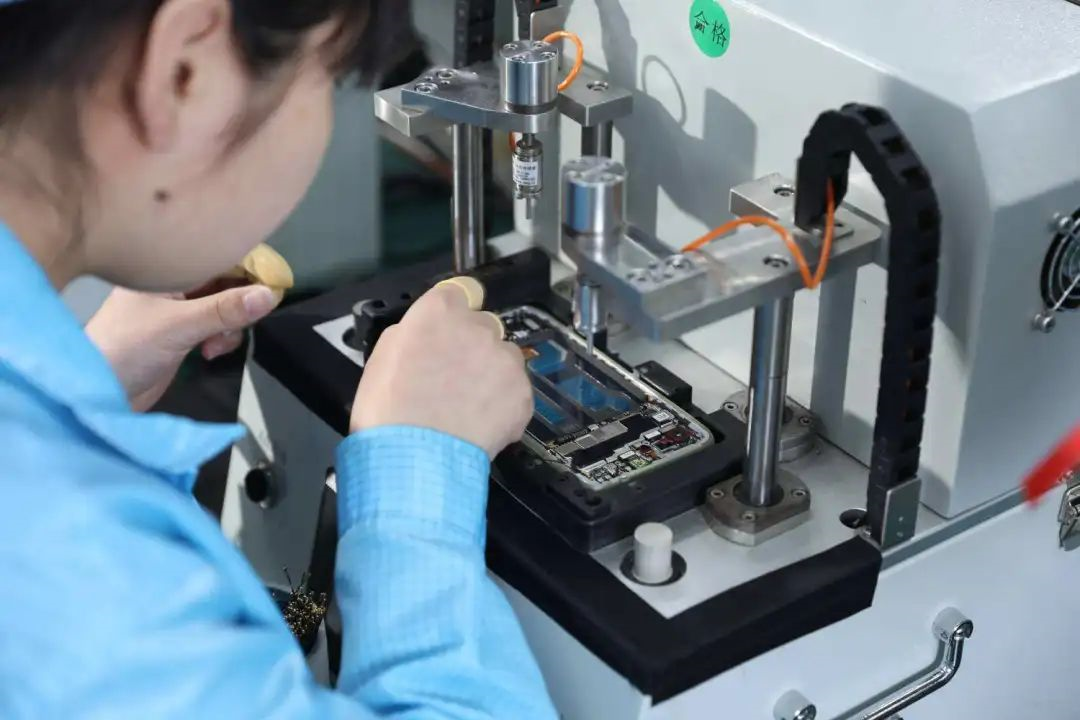
Snapdragon 8 flagship chipsets can be purchased from Qualcomm, paired with LPDDR5+UFS3.1, and performance is guaranteed. A 2K high refresh OLED display from Samsung or BOE can be selected, and for the rear camera, you can use a full focal length three-lens scheme with the help of Hengyan software algorithm.
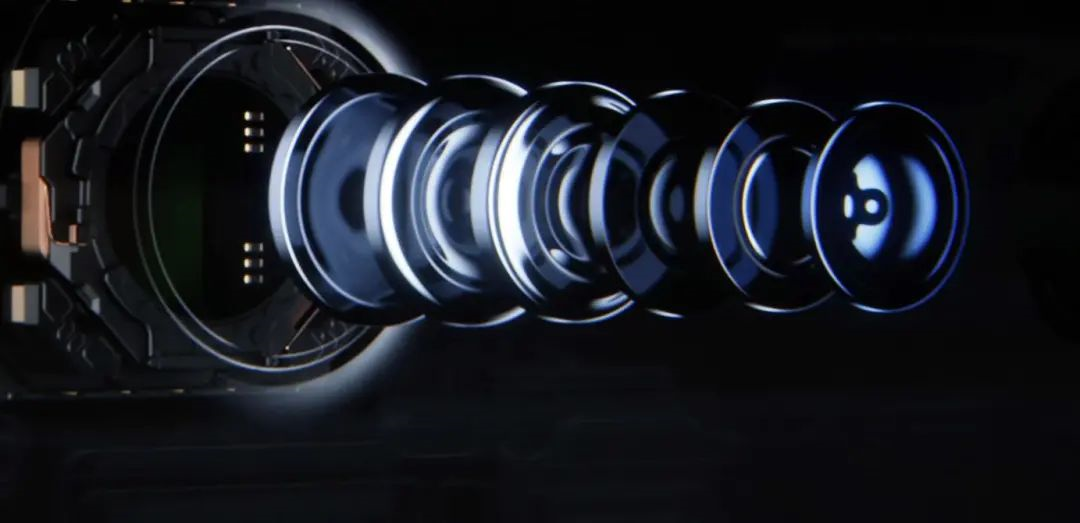
Once the three key areas of chipsets, display, and imaging are taken care of, a smartphone is basically finalized. As for its soul- the operating system, it relies on NIO’s NIO OS design and interaction integrated with Android.
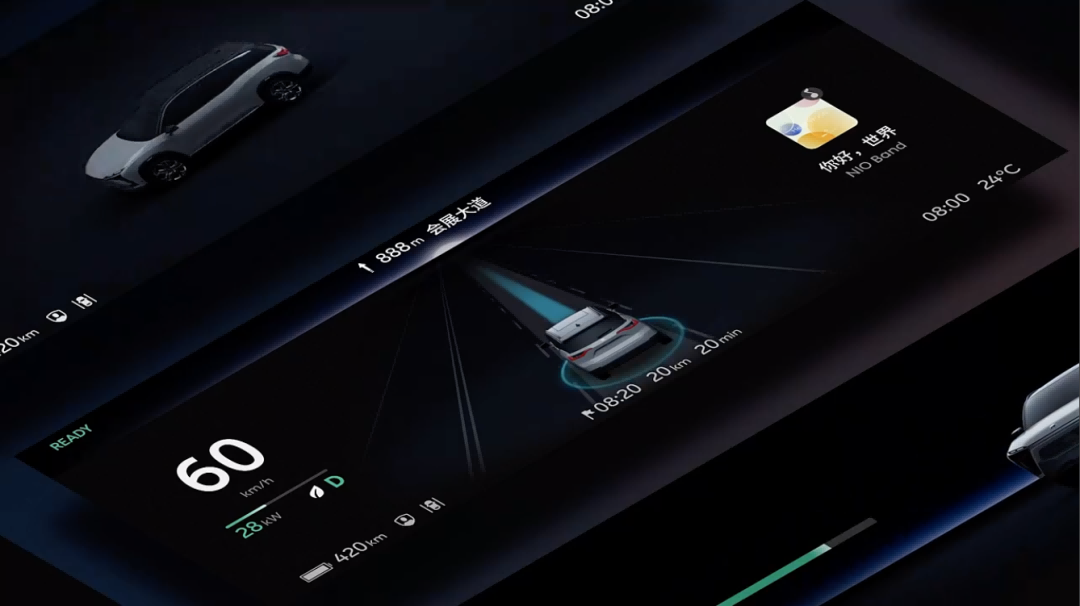
Although NIO’s highly mature supply chain system makes it easy to produce a smartphone, such a product would not bring any innovation or surprises to the market.
NIO’s smartphone needs to find its value and meaning, especially how it can connect with cars and spark new ideas.
Why is NIO building a phone?
Is it possible that NIO’s phone is actually a module of its electric vehicles?
As we know, the 8155 or 8295 chipsets that power car infotainment systems are really just outdated flagship mobile phone chips. When NIO’s phone is released next year, it will almost certainly use the Snapdragon 8Gen2 chipset.
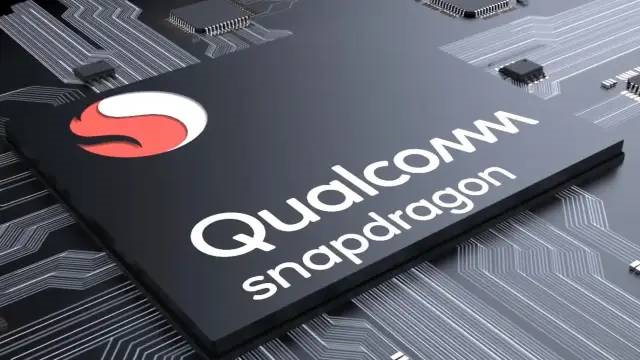
If the phone functions as a computing module for electric vehicles, can the vehicle’s infotainment system leverage the phone’s processing power through some kind of connection point, or a way similar to wireless CarPlay?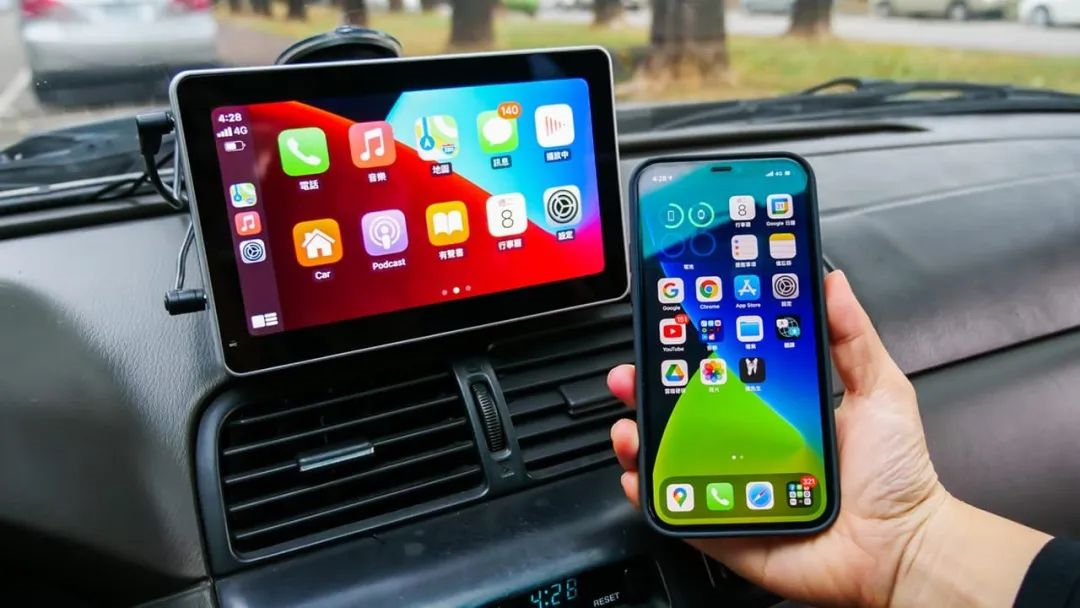
This way, the in-car entertainment system can also enjoy the latest and greatest mobile chip processing power.
However, this alone is obviously not enough. NIO needs to think about the benefits of making its own phone or, to put it another way, why NIO should make its own phone?
One current real benefit is to bypass the Apple iPhone. A significant proportion of NIO owners use iPhones (at least 50% or more), but the UWB digital key standard in the NT2.0 model is not open to Apple.

By making its own phone, NIO can deliver the phone directly as the UWB car key to the owner. This large screen is much clearer than BMW’s touch-screen car key and can also make phone calls, browse TikTok, and play PUBG.
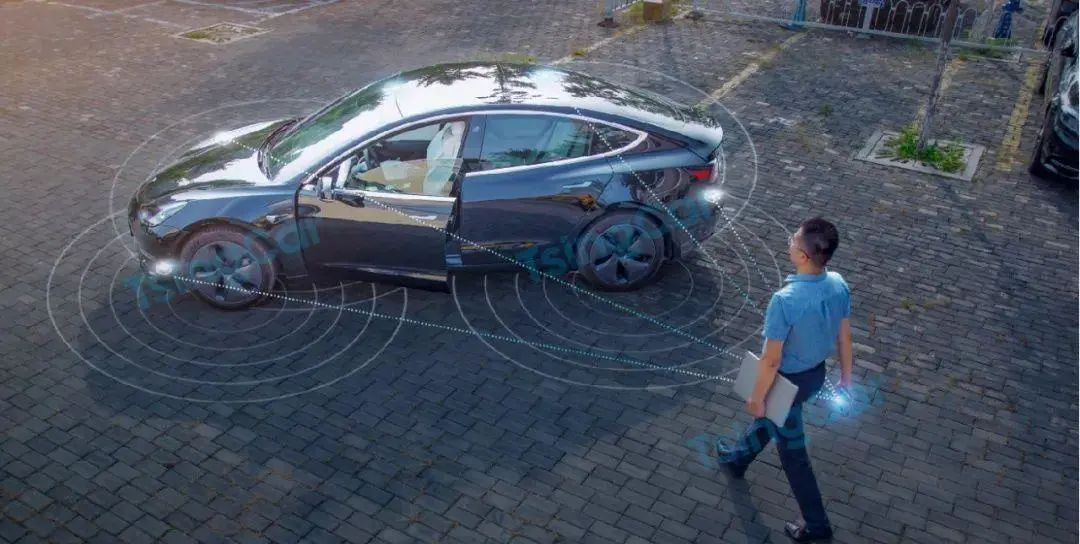
Therefore, personally I think the idea of treating the phone as a module component of the car is ok. But the question is, will NIO only sell its phone to NIO owners?
Facing the situation where it has no competitiveness in the external environment, the sales volume of NIO phones needs to be a big question mark.
Car entertainment system or phone?
Although the in-car entertainment system is working hard to build its own application ecosystem, it is difficult to match the mobile apps that have been developed for ten years, in terms of both quantity and quality.
Let’s take a look at how Huawei solves this problem, with two solutions: HarmonyOS handover and Super Desktop.
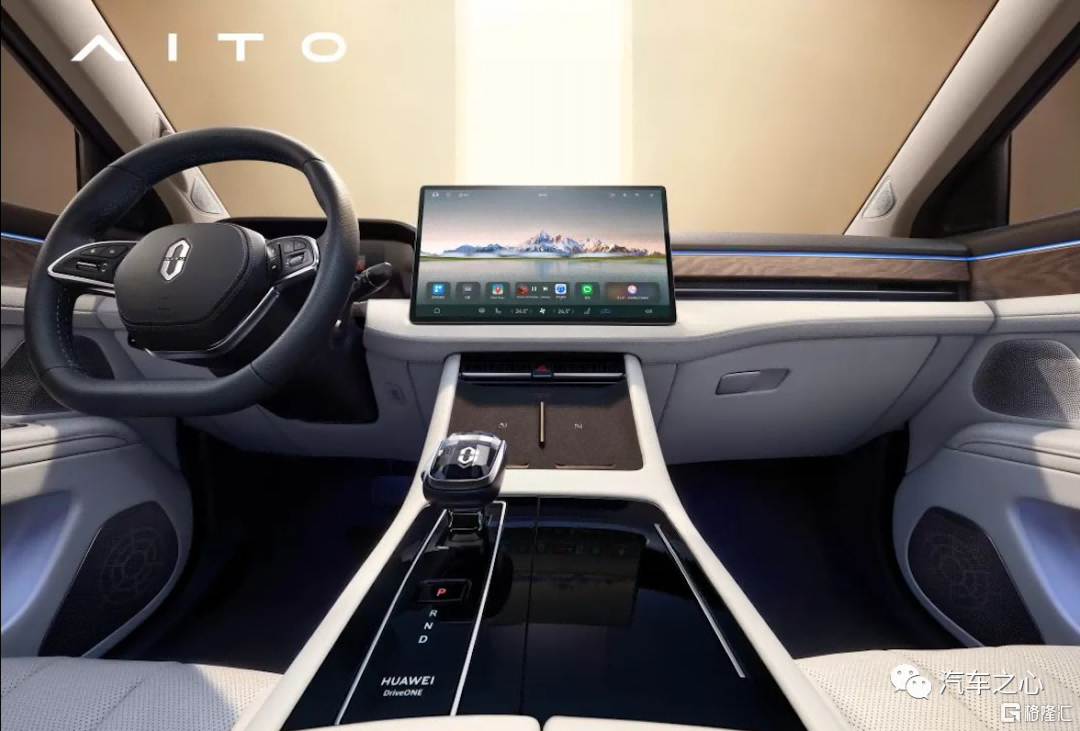
Taking HarmonyOS handover as an example, when you navigate to your destination on your phone while in the underground garage, the navigation information will automatically switch to the car entertainment system’s large screen when you get in the car. If you need further walking navigation when you reach your destination, the navigation information will then automatically switch back to your phone when you get out of the car. The whole process is seamless and smooth.
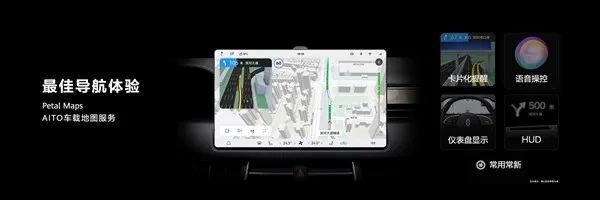 I haven’t had actual experience with the Super Desktop, but from the description, it seems to be similar to mapping mobile apps onto the car’s large screen in a multi-screen collaborative way, and adapting the UI accordingly, so that most mobile apps can be operated on the car screen.
I haven’t had actual experience with the Super Desktop, but from the description, it seems to be similar to mapping mobile apps onto the car’s large screen in a multi-screen collaborative way, and adapting the UI accordingly, so that most mobile apps can be operated on the car screen.
The above process is reverse, that is to say, if mobile phone manufacturers make cars, what effect will it have? It must be said that mobile phone manufacturers can really teach car companies how to interact.
So the question arises, if NIO makes phones, can they achieve the same degree of ecological linkage as Huawei’s car manufacturing?
This doesn’t mean you just need to make a phone hardware, but the real competition lies in the understanding and implementation of software interaction.
Currently, making phones can more easily reach developers than making car machines.
Finally, I still want to give NIO’s phone some confidence, after all, in this industry, there have been no new players for too long.
Combining mobile phones with cars brings more imagination. When we see the car as an intelligent mobile space, it has the potential for onboard IoT products.
Devices such as voice assistants, refrigerators, and air purifiers in the car need a remote control panel, and mobile phones are the most suitable pocket terminal form.
In fact, there are already similar scenarios, such as using a mobile phone to remotely turn on the car’s air conditioning in advance. As for what other gameplay there may be, it depends on how Li Bin’s NIO phone plans to do it.
-END-
This article is a translation by ChatGPT of a Chinese report from 42HOW. If you have any questions about it, please email bd@42how.com.
